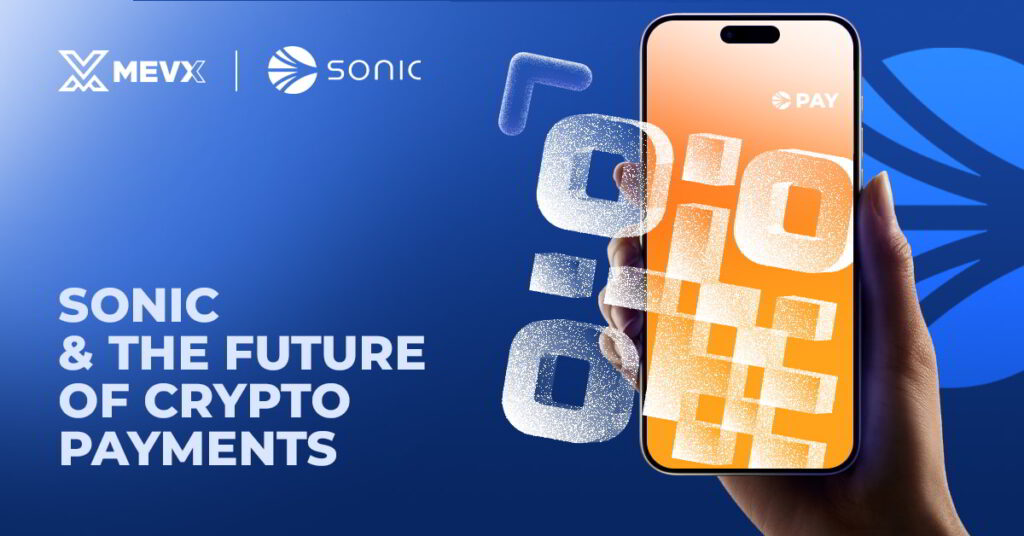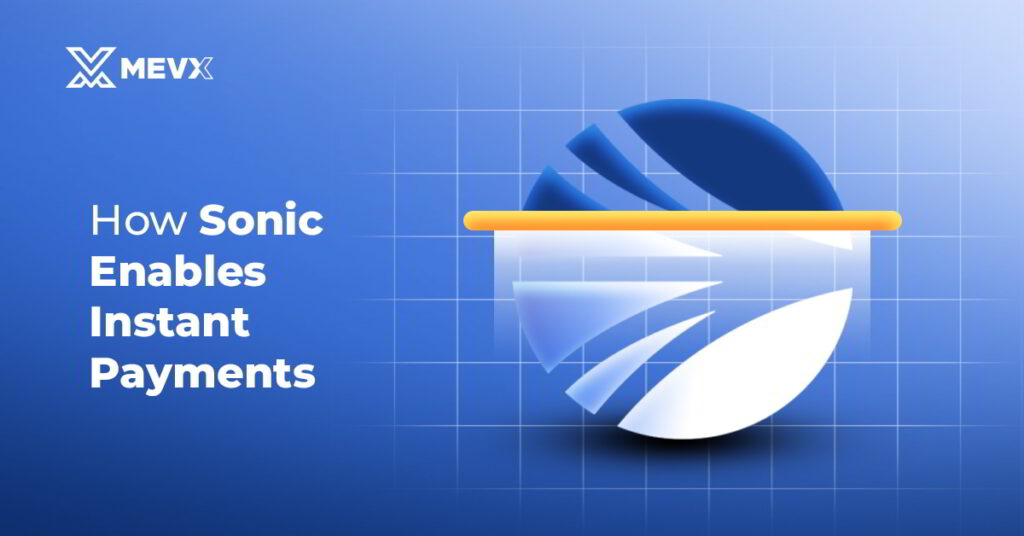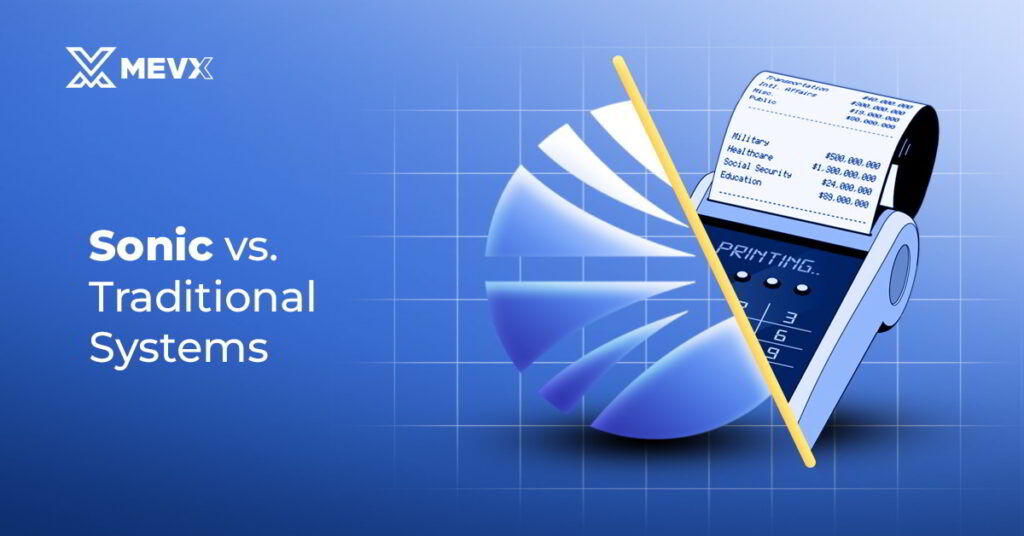Cryptocurrency was born with a promise: to create a faster, cheaper, and more inclusive alternative to traditional financial systems. Enter Sonic, which boasts a staggering 720ms transaction finality and the capacity to process 10,000 transactions per second (TPS). Sonic is poised to redefine crypto payments. This article explores how Sonic’s technology could transform commerce, remittances, and beyond, and why its speed might be the key to mainstream adoption.

The Speed Problem in Crypto Payments
Traditional payment systems, while flawed, set a high bar for speed. Credit card transactions clear in seconds, and bank transfers, though slower for international payments (often taking days), are seamless for users. In contrast, many blockchains lag:
- Bitcoin: Averages 10 minutes per block, with full confirmation taking up to an hour.
- Ethereum: Processes transactions in 12-15 seconds, but gas fees can spike to $10+ during congestion.
- Solana: Achieves sub-second confirmations but faces occasional network outages.
For crypto to rival Visa’s 1,700 TPS or PayPal’s instant transfers, blockchains must prioritize both speed and reliability. Sonic’s 720ms finality, meaning transactions are irreversible in under a second, puts it leagues ahead, offering a foundation for payments that feel as fast as swiping a card.
How Sonic Enables Instant Payments
Sonic payment prowess stems from its advanced technology:

- DAG-Based Consensus: Using a Directed Acyclic Graph (DAG), Sonic processes transactions concurrently, enabling 10,000 TPS without bottlenecks.
- Asynchronous Byzantine Fault Tolerance (aBFT): Ensures security and uptime, even if some nodes fail, critical for payment reliability.
- Low Fees: Gas costs are typically cents, compared to Ethereum’s dollar-plus fees, making microtransactions viable.
- EVM Compatibility: Merchants can integrate Sonic payments using Ethereum’s familiar tools, lowering adoption barriers.
This combination means a coffee shop could accept Sonic-based stablecoin payments instantly, with fees so low they rival cash.
Beyond Speed: Gas Monetization and Account Abstraction
Sonic’s payment potential isn’t just about raw speed; it’s about user experience. Two features stand out:
- Gas Monetization (FeeM): Developers earn up to 90% of their DApp’s transaction fees, incentivizing payment-focused apps like wallets or point-of-sale systems. This could lead to a wave of user-friendly payment DApps tailored for retail or remittances.
- Account Abstraction: Sonic simplifies wallet interactions by allowing customizable transaction logic. Users could pay for gas in stablecoins, set spending limits, or recover accounts without seed phrases, making crypto payments intuitive for non-technical users.
These features bridge the gap between crypto’s complexity and the simplicity consumers expect from apps like Venmo or WeChat Pay.
Real-World Applications
Sonic’s speed and usability unlock a range of payment scenarios:
- E-Commerce: Online stores could accept Sonic payments for instant checkouts, avoiding credit card fees (2-3%) and enabling microtransactions for digital goods.
- Remittances: Migrants sending money home could use Sonic to transfer stablecoins in seconds, bypassing Western Union’s 5-7% fees and multi-day delays.
- In-Game Economies: GameFi platforms could leverage Sonic for real-time item purchases, with players paying fractions of a cent per transaction.
- Point-of-Sale Systems: Brick-and-mortar shops could integrate Sonic via QR codes, offering crypto payments as seamless as Apple Pay.
For example, a freelancer in Southeast Asia could receive USDC payments on Sonic from a U.S. client in under a second, with fees under $0.01, compared to PayPal’s 3% cut and 1-2 day wait.
Sonic vs. Traditional Systems
How does Sonic stack up against Fiat systems?

- Speed: Sonic’s 720ms finality rivals Visa’s near-instant authorizations, outpacing bank wires (1-5 days for international transfers).
- Cost: Sonic’s cent-level fees undercut credit card merchant fees and SWIFT’s $20-50 per cross-border transaction.
- Accessibility: Unlike banks requiring accounts and KYC, Sonic payments need only a wallet, ideal for the 1.4 billion unbanked globally.
- Decentralization: Sonic avoids single points of failure, unlike centralized processors prone to outages or censorship.
While fiat systems benefit from entrenched infrastructure, Sonic’s efficiency makes it a compelling alternative for businesses and individuals seeking autonomy and savings.
Conclusion
Sonic is rewriting the rules of crypto payments, proving that blockchain can be both lightning-fast and user-friendly. With 720ms finality, low fees, and features tailored for real-world use, it’s tackling the challenges that have kept crypto from rivaling fiat systems. Sonic offers a glimpse of a world where payments are instant, affordable, and open to all.
Check out other articles about Sonic on our blog, and don’t forget to follow for more!
Share on Social Media:
